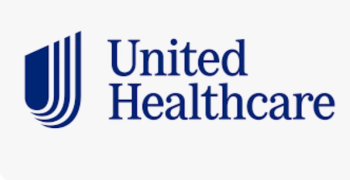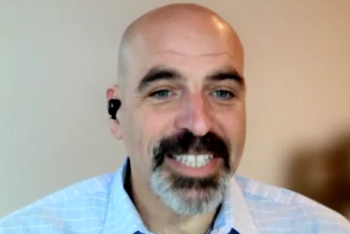
Health reform should not happen in piecemeal fashion
Grassroots campaigns seek to solve several healthcare issues ahead of the candidates' political promises for 2009
Rising healthcare costs is one of the top three issues on voters’ minds this election season. A new AHIP campaign—the Campaign for an American Solution—is a national grassroots and educational initiative to build support for workable healthcare reform based on affordability, quality, value, choice and portability.
“The importance of the platform is in its comprehensiveness and alignment across the areas,” Donna Zimmerman, vice president, government and community relations, HealthPartners, tells Managed Healthcare Executive. “Reform needs to happen in all of these areas, not just one or two. It sets out a blue print at the national level, but we will likely have state variation.”
In Minnesota, for example, there is a strong functioning employer-group and individual market, high rates of government-program participation, and an uninsured rate of 7%.
“We think we can address that coverage gap more quickly in our state of Minnesota than waiting for national reform,” she says. “For other areas of reform, such as addressing Medicare payment inequities andquality improvement/reporting, it will be very important to align together at a national level.”
In Minnesota, health plans established an independent nonprofit organization called Minnesota Community Measurement to lead the way for public reporting of quality in the state. “It is now a community asset and has set a high bar on the quality measures,” Zimmeman says. “This type of innovation is contemplated in the AHIP platform to improve healthcare quality and safety.
Coverage reform is most likely to advance on a state basis, and therefore an incentive to expand coverage may be needed in some states where there are the most uninsured. “We need to make sure we don't penalize states like Minnesota for going out ahead of others and expanding coverage options through programs such as Medicaid expansions, MinnesotaCare and our high risk pool, Minnesota Comprehensive Insurance Association,” she says.
AHIP believes that access to healthcare coverage can best be met by drawing upon the innovation of the private healthcare system partnering with the public sector. Zimmerman agrees.
“The goals can only be met through the commitment of the public and private sectors working together,” she says. “An example from our work in Minnesota has been the Minnesota Health Information Exchange, which is building the information highway for clinical data exchange in the state.”
Created in 2007, the Minnesota partnership of health plans, provider organizations and the state will ultimately improve safety and convenience for consumers and providers.
Zimmerman believes the public health sector could be instrumental in helping engage the public on the waste or overuse of healthcare services.
Newsletter
Get the latest industry news, event updates, and more from Managed healthcare Executive.






















































